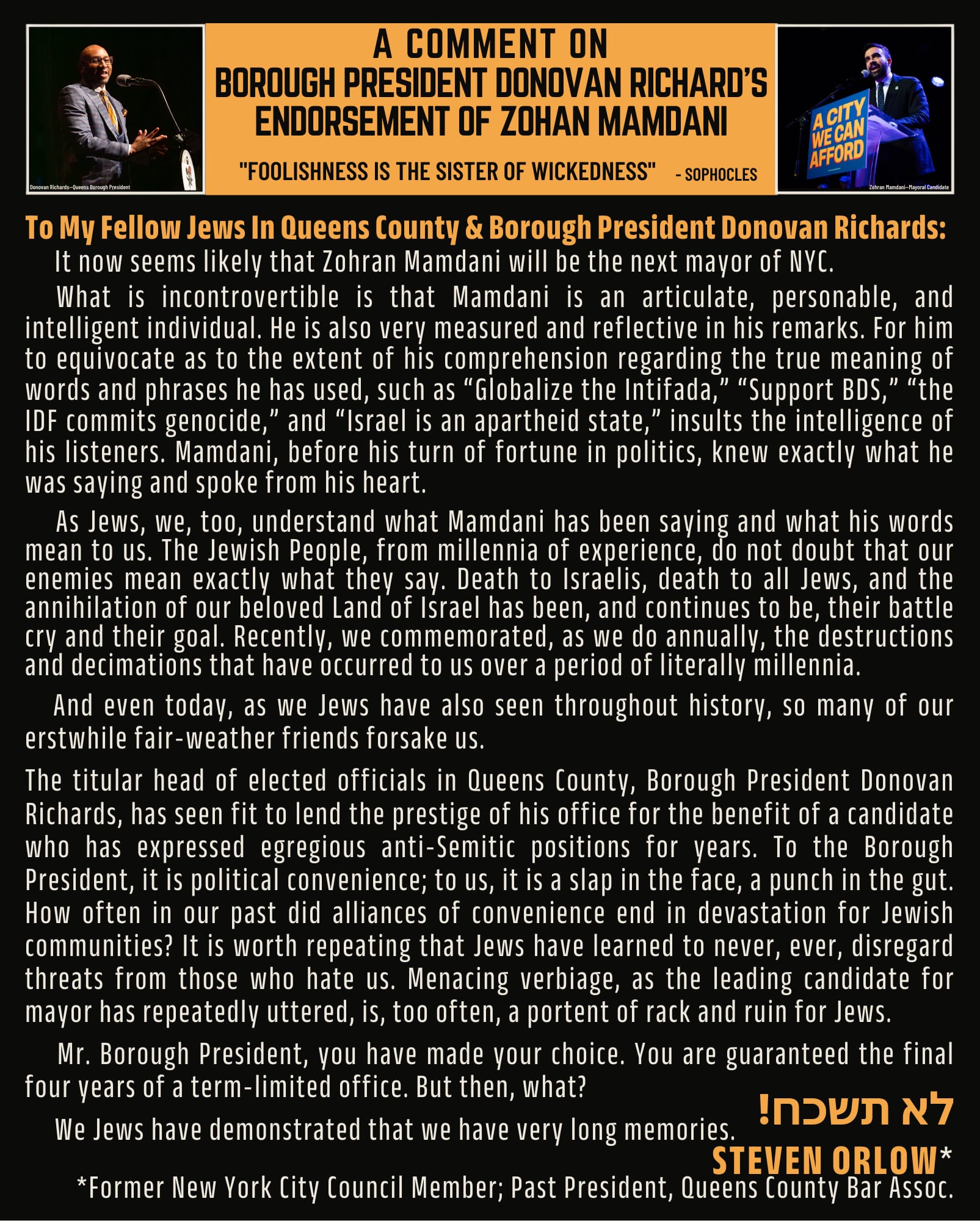
We experience life through the medium of time. Each new moment brings with it new opportunities as we ascend through the journey of time. Amidst the constantly moving waves of time, the holidays are specific points imbued with unique energy. Each holiday presents us with the opportunity to tap into and experience the theme inherent at that point in time.
If Shavuot is the time of receiving the Torah, to truly understand what we are trying to experience on Shavuot, we must first understand what Torah is. Scholars may refer to it as a history book, others may think of it as a book of law, or a source of Jewish wisdom. While these are all true, this only scratches the surface of the Torah’s true nature. To truly understand the importance of receiving the Torah, we must understand the Torah’s true depth.
What is Torah?
Torah is not simply a guide to living a life of truth within this world; it is the blueprint and DNA of the world itself. In other words, our physical world is a projection and emanation of the deep spiritual reality described in the Torah. This is the meaning behind the famous Midrash that says, “Hashem looked into the Torah and used it to create the world.” Torah is the spiritual root of existence; the physical world is its expression. To illustrate this concept, imagine a projector. The image that you see on the screen emanates from the film in the projector, so that everything you see on the screen is simply an expression of what’s contained within the film. So too, every single thing that we see and experience in the physical world stems from the spiritual root - the transcendent dimension of Torah.
Thus, the world in which we live is an avenue to the spiritual - we can access the spiritual, transcendent world through the physical world because the two are intimately, intrinsically connected.
To relate to this concept, think of the way in which other human beings experience and understand you. All they can see of you is your physical body. They cannot see your thoughts, your consciousness, your emotions, your soul. All they can see are your actions, words, facial expression, and body language- the ways in which you express yourself within the world. They cannot see your inner world, but they can access it through the outer expressions that you project. The same is true regarding human beings trying to experience Hashem and the spiritual. We cannot see the spiritual, we cannot see what is ethereal and transcendent, only that which is physical. However, we can use the physical to access the spiritual root; we can study the Torah’s expression in this world to understand its spiritual root.
The World is a Mashal
The more fully grasp the depth of this concept, we must understand the nature and purpose of a mashal. A mashal is an analogy, an example one gives in order to explain something abstract and conceptual to one who does not yet understand it. If a teacher wants to share a deep principle with his or her students, they might share a story or analogy that depicts the idea through a more relatable medium. While the mashal does not fully convey the idea itself, it leads the listener towards it, aiding him or her in the process of understanding. Deep ideas cannot be taught, as they are beyond words. They can only be hinted to and talked about. The job of the teacher is to guide the student towards the idea, until the idea falls into the student’s mind with clear understanding. A mashal serves as a guiding force in this process, leading the student towards an understanding of that which cannot be put into words.
This process itself can be understood through a mashal. You cannot teach someone how to ride a bike. You can only help them, holding on while they practice, and perhaps showing them an example of how it is done. Ultimately though, you must let go, and the student will have to learn how to ride it independently, on their own. Once you learn how to ride a bike, it’s hard to imagine not being able to ride one. We often can’t understand what took us so long to learn. Yet, despite the fact that we know how to ride a bike, we will not be able to explain how to ride a bike to someone else. It is simply beyond words.
A mashal is the only tool a teacher can use to teach spiritual truths; the learning and understanding must be done within the inner mind of the student. If this is true, how are we able to understand the spiritual world? We cannot see, touch, or feel the spiritual world, so how are we to relate to it? If all learning occurs through the use of analogy, what mashal did Hashem give us to enable us to relate to and understand spiritual truths?
The ultimate mashal is the world itself. It is here to guide us towards a deeper, spiritual truth. Everything in this world is a mashal, a tool guiding us towards a deeper reality. Every physical object, every emotional phenomenon, every experience in this world is part of a larger mashal leading us towards the root of all existence, Hashem. This idea is expressed powerfully in the use of anthropomorphism in the Torah (the attribution of human characteristics to Hashem).
Anthropomorphism in the Torah
One of the fundamental principles of Judaism is that Hashem has no physical form whatsoever (this is one of the Rambam’s 13 principles of faith). And yet, the Torah is replete with anthropomorphic descriptions of Hashem, describing Hashem’s physical figure. How are we to make sense of this?
One approach to this problem is that “the Torah speaks in the language of people.” In other words, in order for people to be able to understand and relate to an infinite G-d who is beyond physical form, the Torah speaks in a language that human beings can relate to. This is problematic, though, because the Torah is the blueprint of reality, the ultimate source of truth. Every single word in the Torah is intrinsically and fundamentally true. As such, when Torah describes the “hand of Hashem”, Hashem must actually have a hand. We therefore face a real dilemma. If Hashem has no physical form whatsoever, how can the Torah describe Hashem as having a hand?
There is a deeper approach to this topic which reveals a powerful principle. We think of our hand as the real hand, assuming that Hashem’s hand is being compared to our hand. But what if Hashem’s hand is the real hand, and our “physical” hand is just a mashal for the true spiritual paradigm of “hand-ness”? In other words, everything in the physical world, including our physical bodies, is a limited, physical expression of the spiritual truth, the root and source of reality. Our goal in this world is to use the physical as a mashal, as a tool to learn the true nature of reality. With the Torah as our guide and teacher, we can navigate the physical and understand how to trace ourselves back to our ultimate Source, Hashem.
The Gift of Torah
Hashem gave us the Torah in order to guide us on our spiritual journey in this world. Shavuot is therefore not a call to be transcendent, angelic beings, lofty and perfect, beyond the struggle intrinsic to the human condition. This is not permission to deny our humanity and restrict our sense of self. This is a calling to be human, to be the ultimate human, to bring transcendence and spirituality into this world. We don’t aim to escape this world; we aim to transform it. Kedusha is not transcendence or escapism, it’s marrying transcendence with the immanent. This is what the Torah teaches us: how to uplift our physical experience and connect it to the spiritual. When implemented correctly, Torah enables us to uplift every aspect of our worldly experience to something higher, holier, and more meaningful.
Our Shavuot Mission
Our mission is to make this Shavuot the next step in our evolutionary spiral through time. We must not only reaccept what we have already accepted, we must take it to the next level, the next rung of the ladder. We do not simply remember, we build; we do not repeat, we ascend. May we be inspired to accept the Torah this Shavuot with all of our heart, to commit to living a life of Torah truth, and to endlessly pursue higher and deeper perceptions of the physical world as an expression of a spiritual reality.
By Shmuel Reichman
Torah As The Medium Of Revelation
Typography
- Smaller Small Medium Big Bigger
- Default Helvetica Segoe Georgia Times
- Reading Mode













